Electrons, Atoms, and Molecules in Inorganic Chemistry
A Worked Examples Approach
First Edition Joseph J. Stephanos Anthony W. Addison

Copyright
Academic Press is an imprint of Elsevier 125 London Wall, London EC2Y 5AS, United Kingdom 525 B Street, Suite 1800, San Diego, CA 92101-4495, United States 50 Hampshire Street, 5th Floor, Cambridge, MA 02139, United States The Boulevard, Langford Lane, Kidlington, Oxford OX5 1GB, United Kingdom 2017 Elsevier Inc. All rights reserved. No part of this publication may be reproduced or transmitted in any form or by any means, electronic or mechanical, including photocopying, recording, or any information storage and retrieval system, without permission in writing from the publisher. Details on how to seek permission, further information about the Publishers permissions policies and our arrangements with organizations such as the Copyright Clearance Center and the Copyright Licensing Agency, can be found at our website: www.elsevier.com/permissions.
This book and the individual contributions contained in it are protected under copyright by the Publisher (other than as may be noted herein). Notices Knowledge and best practice in this field are constantly changing. As new research and experience broaden our understanding, changes in research methods, professional practices, or medical treatment may become necessary. Practitioners and researchers must always rely on their own experience and knowledge in evaluating and using any information, methods, compounds, or experiments described herein. In using such information or methods they should be mindful of their own safety and the safety of others, including parties for whom they have a professional responsibility. To the fullest extent of the law, neither the Publisher nor the authors, contributors, or editors, assume any liability for any injury and/or damage to persons or property as a matter of products liability, negligence or otherwise, or from any use or operation of any methods, products, instructions, or ideas contained in the material herein.
Library of Congress Cataloging-in-Publication Data A catalog record for this book is available from the Library of Congress British Library Cataloguing-in-Publication Data A catalogue record for this book is available from the British Library ISBN: 978-0-12-811048-5 For information on all Academic Press publications visit our website at https://www.elsevier.com/books-and-journals  Publisher: John Fedor Acquisition Editor: Emily McCloskey Editorial Project Manager: Katerina Zaliva Production Project Manager: Paul Prasad Chandramohan Cover Designer: Mathew Limbert Typeset by SPi Global, India
Publisher: John Fedor Acquisition Editor: Emily McCloskey Editorial Project Manager: Katerina Zaliva Production Project Manager: Paul Prasad Chandramohan Cover Designer: Mathew Limbert Typeset by SPi Global, India
Dedication
To our Students in Chemistry
Preface
This book presents the chemical concepts that govern the chemistry of molecular construction. The emphasis is on the building up of an understanding of essential principles and on familiarization with basic inorganic concepts. Necessary background information is introduced to comprehend the field from both chemical and practical areas. The book explains and details the fundamentals that serve as a source of numerous basic concepts of methods and applications. The combination of the basic concepts, methods and applications with example exercises yields a more positive outcome for students and teachers. Many inorganic textbooks that are available cover too much material and do not go into the depth needed for fundamental principles.
Most of these are seem to be either fairly elementary or very advanced. Students might be displeased by the current selection available, and there is a great need for an inorganic principles of chemical bonding text. In our book, we bridge and integrate both elementary and more advanced principles. A student should be able to become familiar with the topics presented with this one book, rather than learn the basics in one and use another for the more advanced aspects of the material. Given the complex and abstract nature of the subject, the book is easy to follow. The text is carefully thought through and laid out.
The approach of developing the material by answering questions and problems relevant to inorganic chemistry in extensive mathematical detail is unique and makes the book attractive especially for university students, as a study material source for examinations. Every mathematical step in the book is elaborated with close attention to every detail. That necessary mathematical foundation is found in a separate supplement, as an entirely non-mathematical approach will be of little value for the purpose. The bullet point approach of answering common questions rather writing a narrative and starting each chapter with the circle scheme describing the sections to be discussed are intended to be attention-catching and could attract certain students and aid them as they study. The content and the style of the book should capture readers from both traditional and modern schools. It is useful as a reference and text for specialized and graduate courses in physical inorganic or advanced organic chemistry.
The book is intended for advanced undergraduates and for postgraduates taking courses in chemistry, students studying atomic structure and molecule formation in chemical engineering and material science. It should also be of value to research workers in other fields, who might need an introduction to essential inorganic principles. This book is very suitable for self-study; the range covered is so extensive that this book can be student's companion throughout his or her university career. At the same time, teachers can turn to it for ideas and inspiration. This book is divided into 11 chapters, and covers a full range of topics in inorganic chemistry: wave-particle duality, electrons in atoms, chemical bonding, molecular symmetry, theories of bonding, valence bond theory, VSEPR theory, orbital hybridization, molecular orbital theory, crystal field theory, ligand field theory, vibrational, rotational, and electronic spectroscopy, magnetism and finally, a mathematics supplement outlining the necessary methods. In the beginning of this book we develop and provide an understanding of the dual wave-particle nature of electrons, photons, and other particles of small mass.
Schrdinger's method is linked for exploring the modern theory of atomic structure, and to establish the formal mathematical framework. This framework is employed to set up the final real solution for the full orbital wave function and identify the four quantum numbers n , l , m , and s , also to compute the most probable radius, mean radius of an orbital, and the boundary surfaces of s , p and d orbitals. The orbital wave equations are used as the key feature in order to explain the orbital and spin angular momenta, as well the electronic configurations of many-electron atoms, and spin-orbital coupling. We examine how to identify the term symbols of the ground state and the different terms of the excited microstates of polyelectronic atoms, and how many subterms arise when spin-orbit coupling is taken into consideration. The splitting of RussellSaunders terms into microstates in an external magnetic field and their energies are identified. The term wave functions and the corresponding single electron wave functions are described in order to understand the effect of the ligand field.


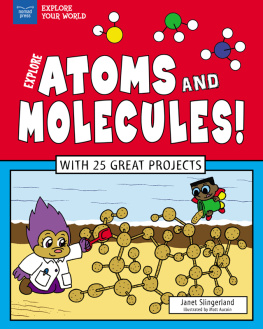

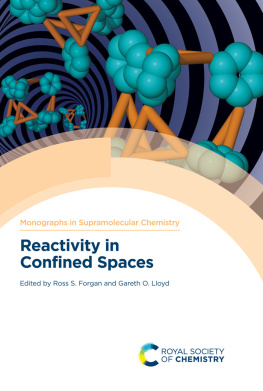
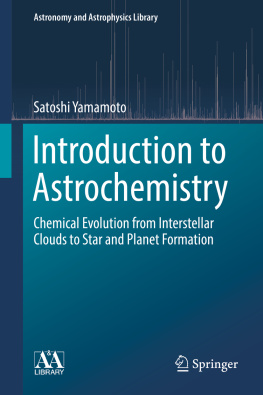
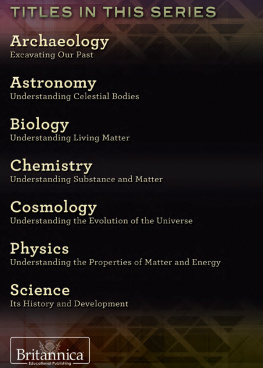
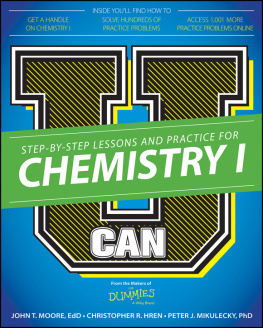

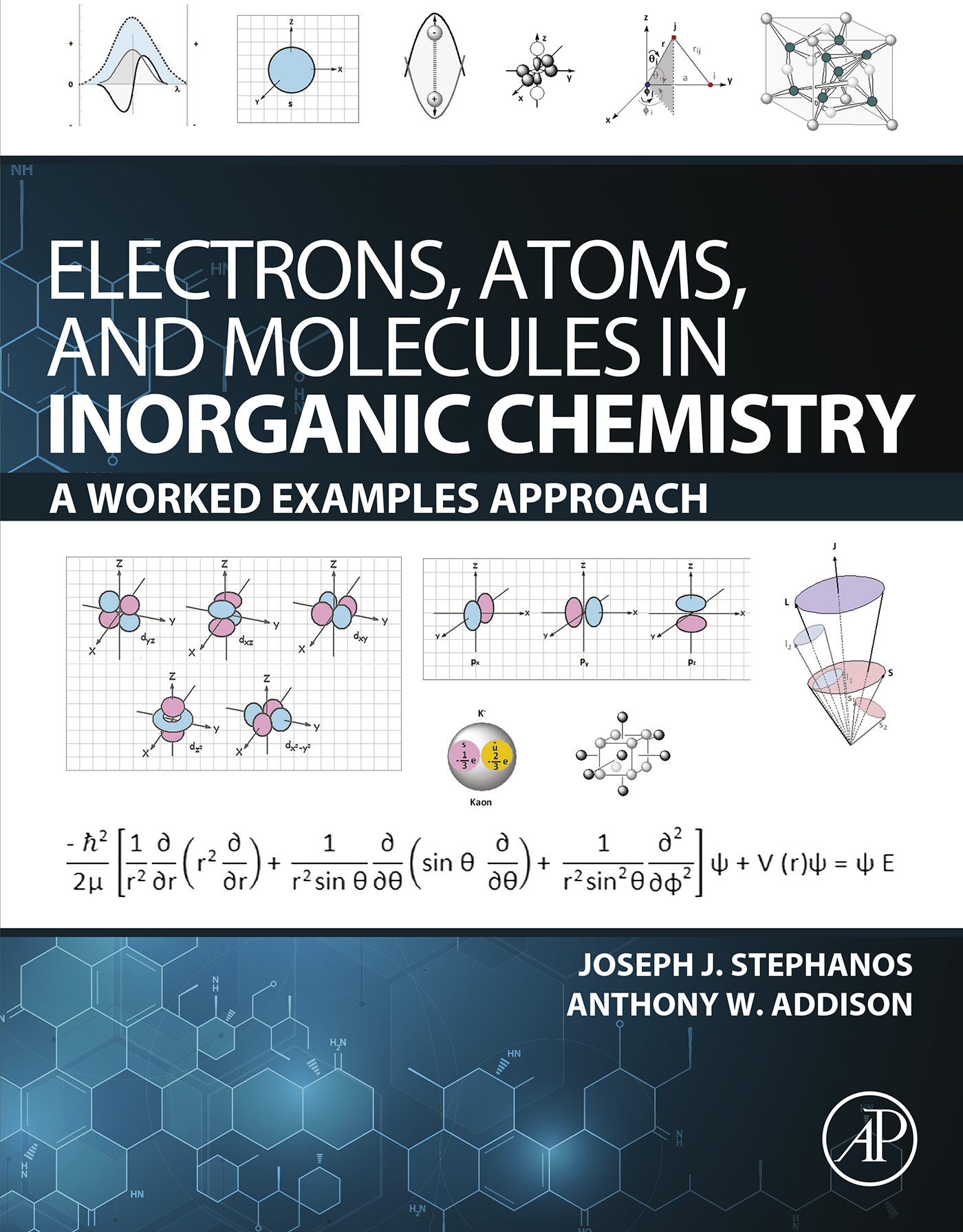

 Publisher: John Fedor Acquisition Editor: Emily McCloskey Editorial Project Manager: Katerina Zaliva Production Project Manager: Paul Prasad Chandramohan Cover Designer: Mathew Limbert Typeset by SPi Global, India
Publisher: John Fedor Acquisition Editor: Emily McCloskey Editorial Project Manager: Katerina Zaliva Production Project Manager: Paul Prasad Chandramohan Cover Designer: Mathew Limbert Typeset by SPi Global, India